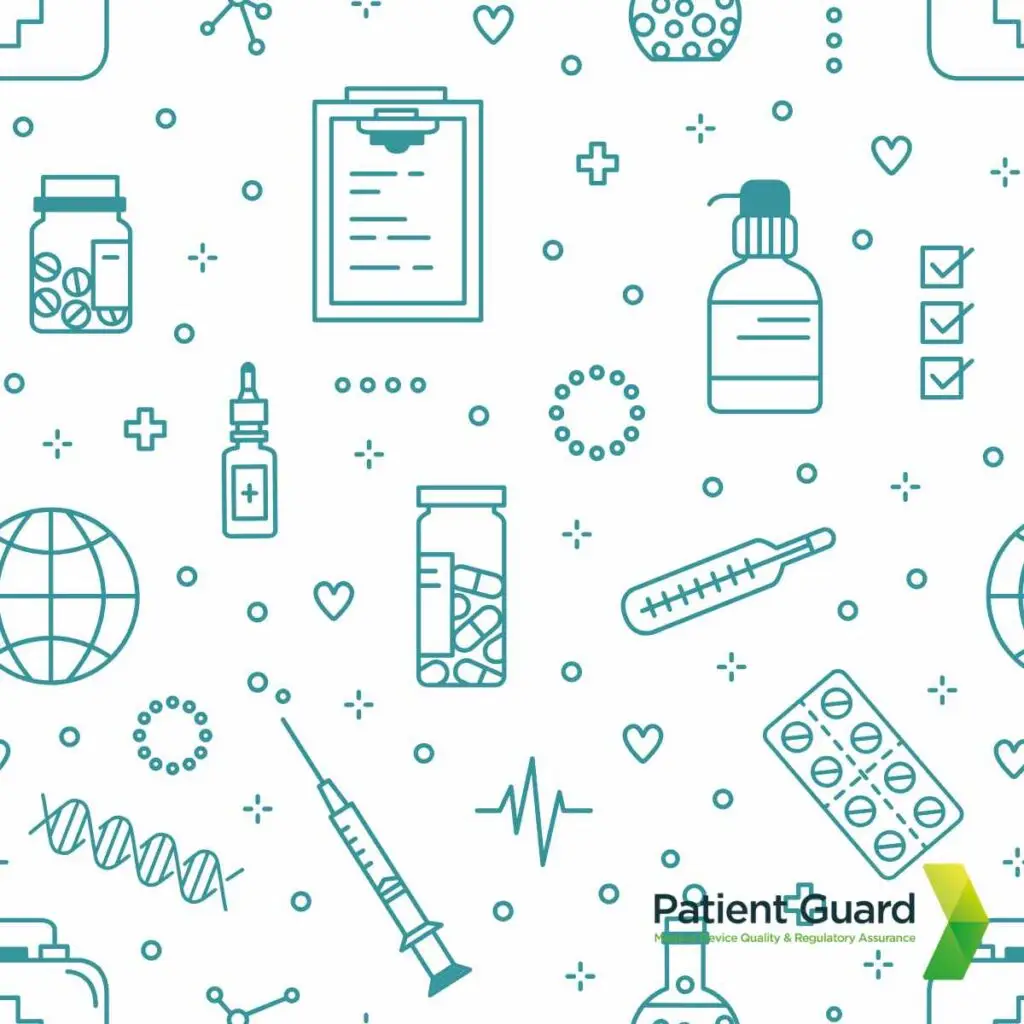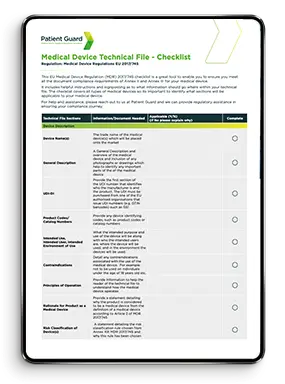Introduction
The 8 Step Essential Requirement checklist for IVD Directive. The IVDR EU 2017/746 is responsible for governing the regulatory market access for in vitro diagnostic (IVDR) medical devices. It also includes the requirements for each device’s technical documentation. The information can vary based on the classification of the device, but it is always the main piece of evidence within the essential requirements.
If your medical device holds a CE marking and will be on the EEA market, then it must have a technical file. It’s important to note that even if your device has not gone through a notified body, the evidence must still be present. This is because some authorities will review the technical documentation regularly.
The technical file must include specific information regarding the general safety of the medical device. The documentation must at least meet the requirements, if not exceed them. You must ensure that each medical device meets each and every one of the requirements.
Here is the checklist for IVD Directive that you should include in your technical file.
General Description
This should include the design, characteristics, intended use of each part of the medical device and its IVD classification. You must also include details regarding sterilisation and how the tools used ensure that the device is safe.
Quality System
A quality manual, operating procedure and quality records must all be included in the technical file. This regards the different processes that were followed during the manufacturing of the device. Proof of quality control should be included, once again to ensure the safety of each device.
Design Information & Calculations
Original drawings and plans, manufacturing methods, formulations, quality control, circuits, intermediate products and sub-assemblies and final product specifications must all be recorded properly in the technical file.
Annex III.6.1 also states that some additional information must be included in the technical documentation
- Test reports
- Self-testing proof data
- Labeling
- Instructions for Use (IFU) information
Traceability
Based on new regulations, the public have requested that medical devices are more traceable. This means that manufacturers must keep a record of everything, to ensure the end user can access the information if necessary.
Risk Assessment
Risk assessment is now classified as an essential part of the technical documentation. It should include all reasonable hazards of the product, likelihood of occurrence, and how the risks can be mitigated. You should know that the risk assessment must cover the device from when it was manufactured, through to its disposal.
Performance
Following EN 13612:2002, the European standard of Performance Evaluation can be described as “an investigation of the performance of an in-vitro diagnostic medical device based upon data already available, scientific literature and/or performance evaluation studies.” All evaluations must be evidenced by your own data.
Labelling
Labelling must be written in a format that the user can understand, which will be different to that of a professional user. It is very rare that a device can be classified as safe to use with no instructions present.
Stability
Stability must be considered, this includes the storage and transportation of the medical device. For example, if it must be kept in colder temperatures. These tests are usually completed in real time conditions.
If you need any assistance with IVDs please don’t hesitate to contact us.




